The 6-Step System Helping Hosts Get to 65% Direct Bookings
Stop losing profit to Airbnb. Boostly gives you the proven roadmap, tools, and community trusted by over 2,000 hosts to grow direct bookings, repeat guests, and predictable income.






As a short-term rental business owner, every decision you make is riddled with self-doubt... and we can’t blame ya…
You feel like you don’t own your business
Your bookings & your brand are always at the mercy of unpredictable OTA algorithms, increasing commission fees, and policy changes.
You’re paralyzed by choices
You want to increase your direct bookings but choosing a Vacation Rental Website platform and PMS is like walking through a minefield.
Your options are limited
You spend hours researching only to find products that are freebie templates or build-it-from-scratch software where you need a 2-3 months just to learn how to use it
We know, you just need to get things up and running!
Maybe you’ve got one of those free one page websites through your PMS provider.
Maybe you’re using one of those DIY website builder platforms.
Were these your first choice? probably not. But, it’s better than nothing…right?

That is until you started to realise…
It’s clunky.
The booking software is glitchy.
You can’t add additional pages to grow.
And it looks like it was designed decades ago.
It’s so ugly that even your guests don’t trust it.
So, what was the point again in starting your own direct booking website?
Boostly is the #1 platform helping short-term rental hosts take back control with direct bookings.
We Connect Into Your PMS










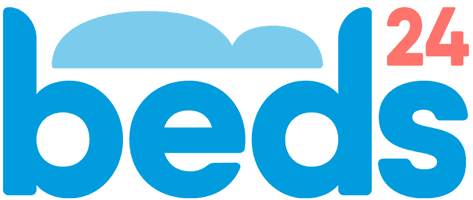



We've Helped 1000's of hosts just like you
Whether you’re a beginner or an established short-term rental brand, the Boostly is designed to help your business grow.
From stressed rental hobbyist to proud owner of a 6-figure short-term rental business.

4X
Listing in Revenue

Over 2,000
Five Star Reviews

+ 200%
Direct Bookings
The homeschooling mom of 6 who turned her family’s tragedy into an STR success story.

80%
Direct Bookings

Co-author
Hospitable Hosts Book

40%
Repeat Guests
From ‘mom-and-pop’ host to CEO of a multi-million dollar short-term rental brand.

20%
Direct Bookings

Freedom
To be with family

$2M
In Revenue

Stop sending your guests to your OTA listings out of embarrassment. Boostly websites make you proud to show off your brand.

Build trust with guests
Build confidence and win the trust of guests, owners, and future clients.

Confident strategy
One chat with our book direct specialists and you'll feel right at home. Our experienced team understand your problems and want to see you succeed .

Outshine the Competition
Take the Boostly ROI Calculator
Discover how much extra revenue you could unlock by expanding your direct booking portfolio with Boostly.
What's the cost of your OTA reliance ?
Your OTA reliance costs you
$459,900
in profits every year
Your Occupancy Rate is below the industry average
By increasing your occupancy by just 10% annually with Boostly helping, you will lead to $139,612 in extra revenue by year three.
Your OTA Bookings are below the industry average
By increasing your direct bookings by just 10% annually, you could save $41,883 in OTA fees by the end of year three.
What you get when you work with Boostly

Tools
We handle everything from building your WordPress website to syncing it with our PMS partners for automatic updates.

Tactics
Access the Accredited Boostly Courses anytime, on any device, and tackle them at your own pace. Learn at your convenience.

Training
Group Zoom Mastermind Calls Help You stay ahead of the latest trends. PLUS! You get access to a Host Community Support Group.
Finally, a complete direct booking marketing plan for your vacation rental you'll be proud to show off.
Whether you’re a beginner or an established short-term rental brand, the Boostly is designed to help your business grow.
What you get
- Access to a over 80 hours of Tutorial Videos
- Attract your Ideal Guests
- Improve your traction in Google search and maps
- Email marketing CRM
- Social Media Marketing Scheduling Tool
- Twice Weekly Group Coaching Calls
- Elevate your brand’s online presence
- Expand your lead channel sources
Plus a DFY Website
- Complete, mobile-friendly web design
- Branded with your colours, styles, logos and more
- Showcase multiple properties
- Allow direct booking, straight form your website
- Professional design, unique to your accommodation
- Room for growth. Add as many pages as you want!
- Fully customisable and transferable web design
- Own your vacation rental business name and domain
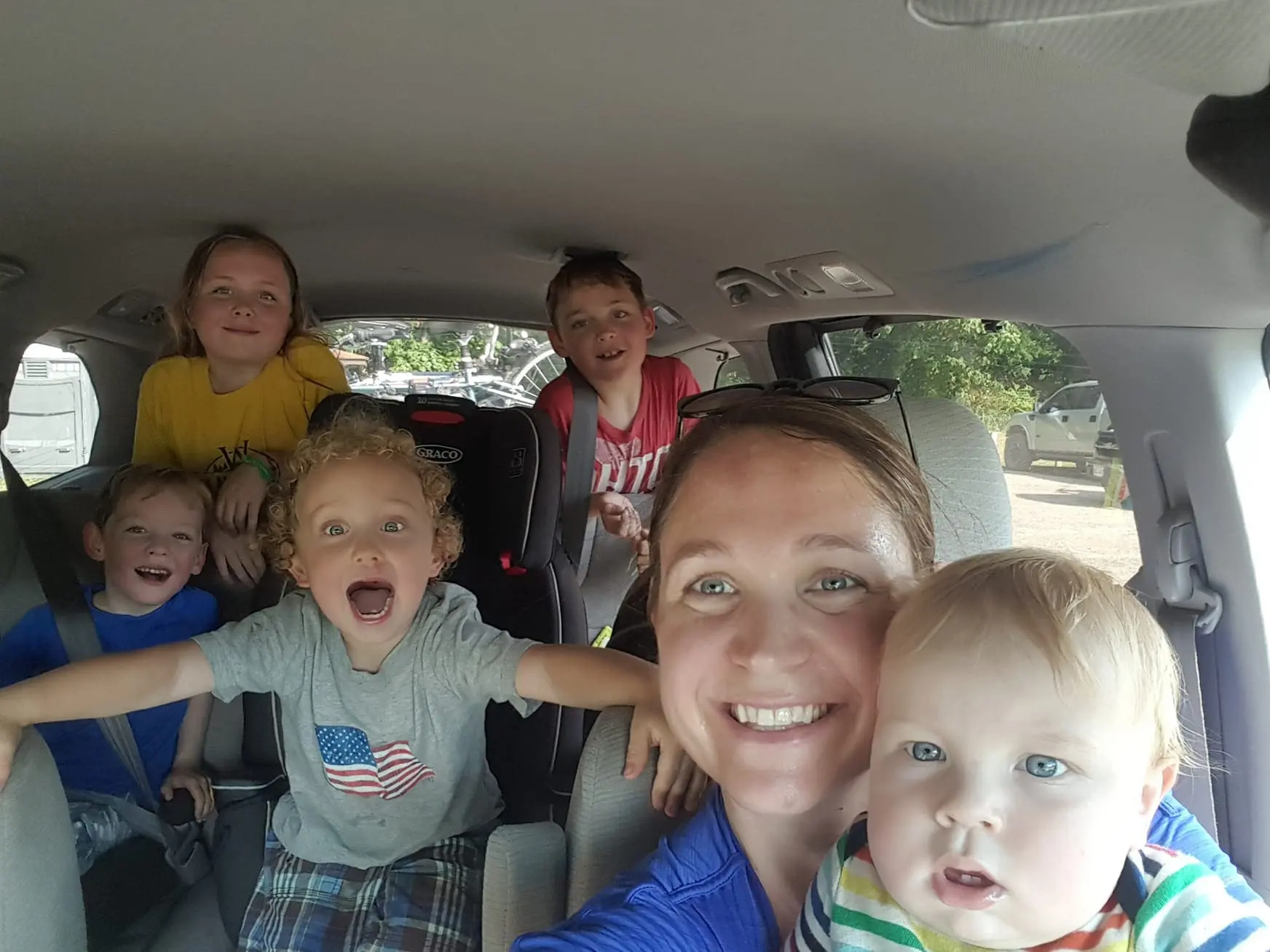
Trusted worldwide by hosts and property managers just like you.
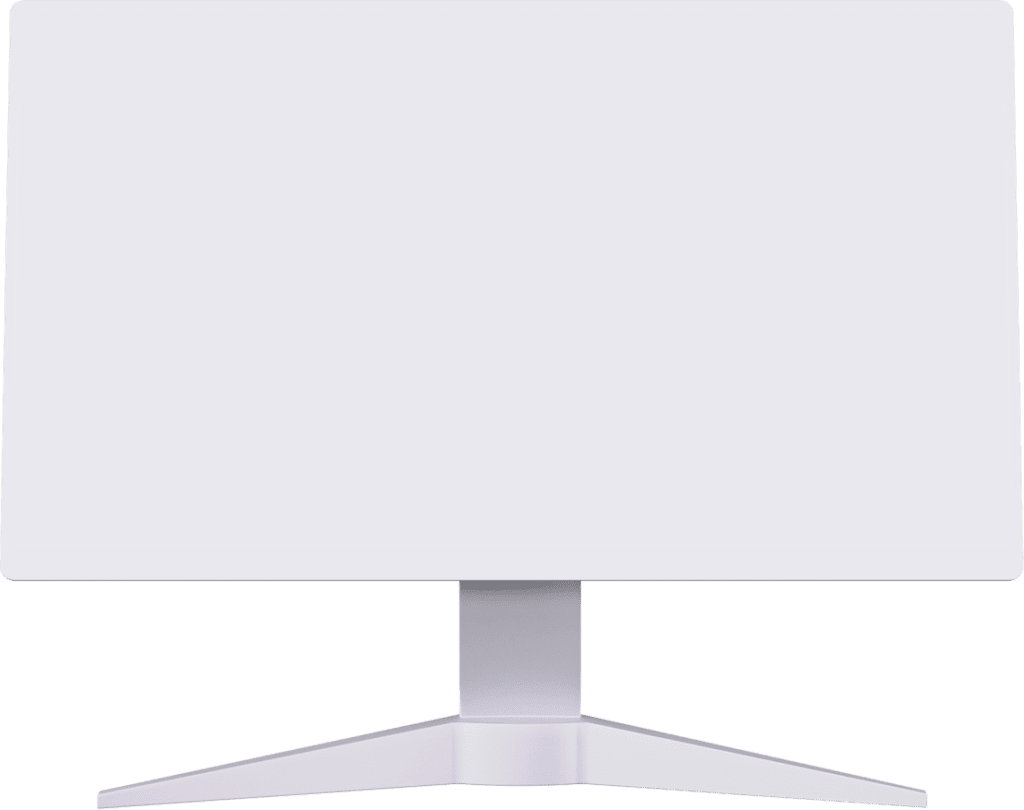
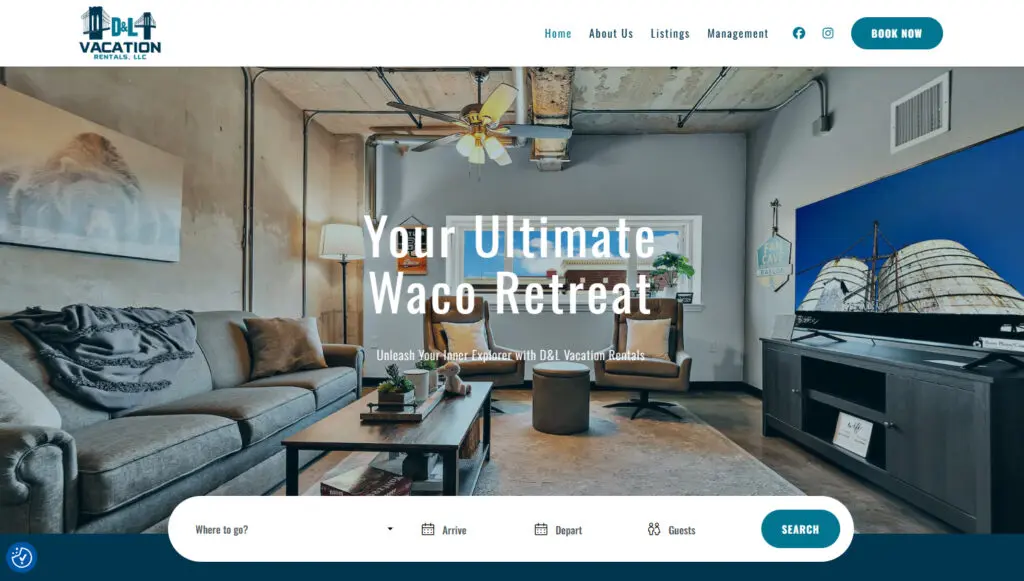
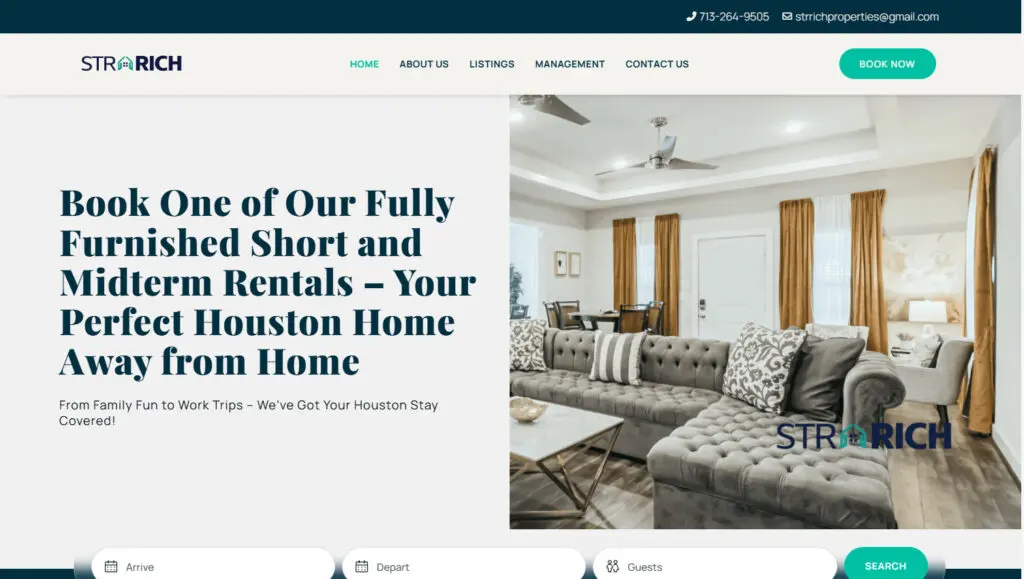
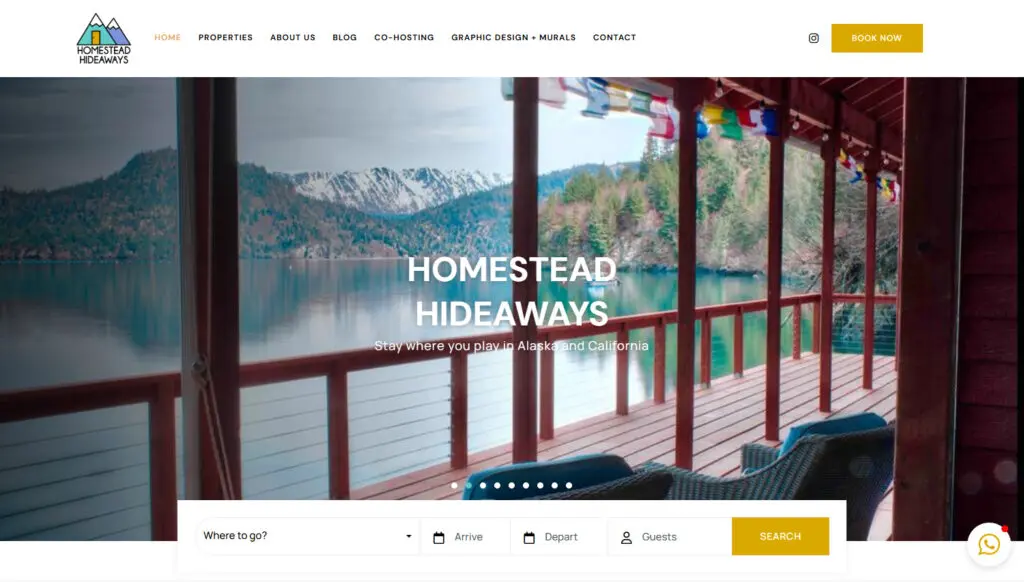
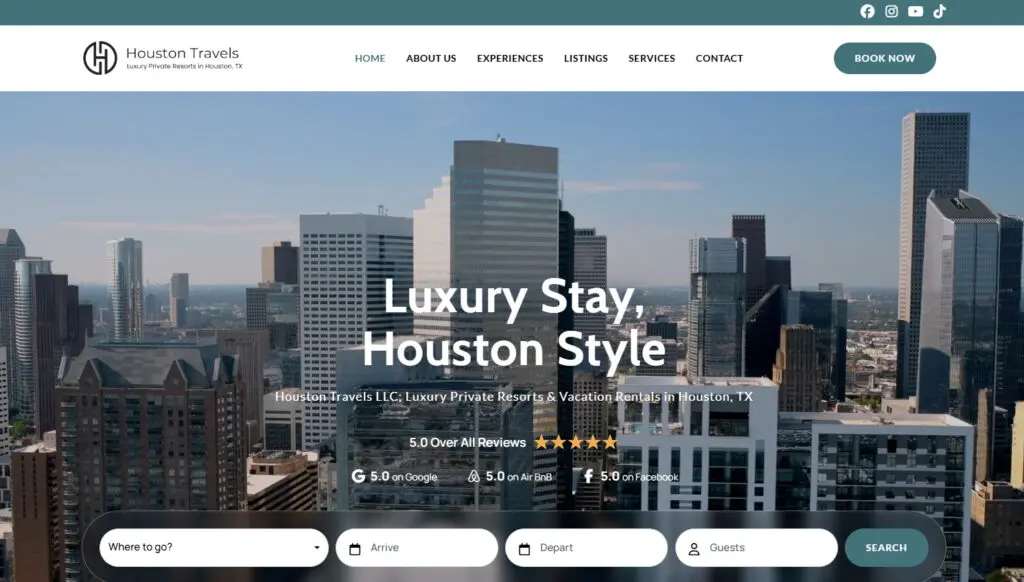
Why Boostly?
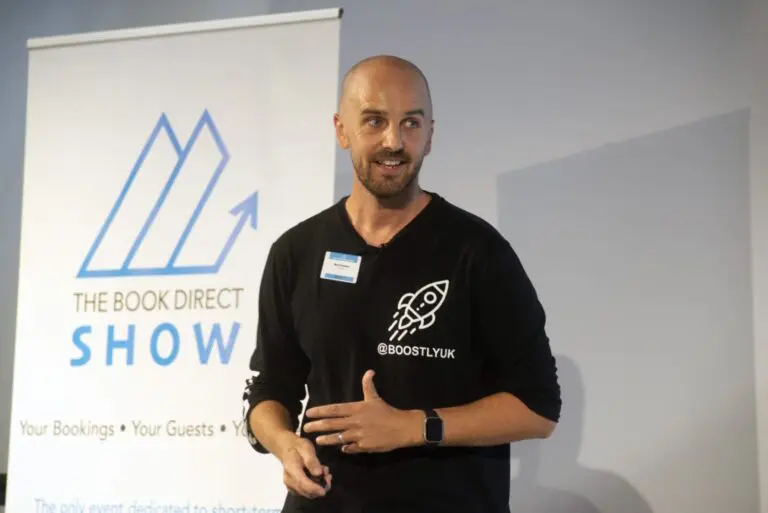
“We’re a team!”…I would say to myself.
Back when I was a young naive property owner and thought OTAs (like Booking.com, Airbnb, and Expedia) were the most brilliant thing since sliced bread.
I thought it was amazing to have a place where hospitality owners and hosts could go where they would get ‘help’, a decent income, and run a successful short-term rental business with nothing but a few property pics and some keyword stuffing!
Too easy! 🙄 So I threw all my eggs into one basket and took off running. It wasn’t long after, that I realized they had complete control over my bookings and my business. During the pandemic, thousands of property owners' businesses were shut down when Airbnb decided they could no longer accept bookings of any kind to their properties.
…even when some countries were still allowing them to run!
But what could they do? The OTAs had 100% control over their bookings, so they were the ones in charge.
The result?
Thousands of hosts and property managers lost their vacation rental businesses entirely. And the worst part? The reality that had they created their own website alongside the OTAs, they could have kept their business running without fear or worry.
THAT is the power of direct bookings.
THAT is why you never build ALL of your business on somebody else's platform.
THAT is the heart and soul of the book direct movement.



The Boostly Guarantee
Listen, this industry is riddled with hyped-up claims fueled with empty promises.
So here’s the not-so-common, honest one…
Boostly isn’t effortless.
It’s made EASIER with support and expert guidance from people who have actually stood where you stand.
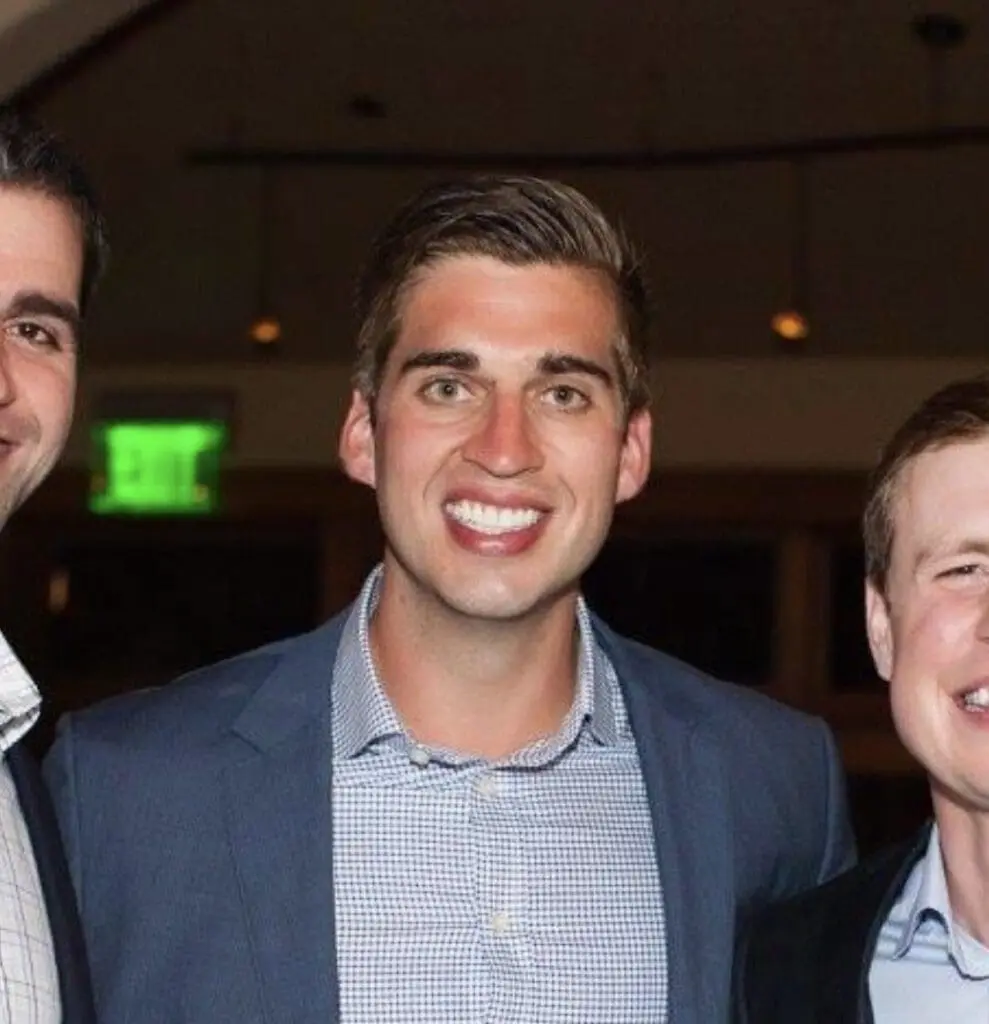
Address
Boostly Limited
71-75 Shelton Street
Covent Garden
London
WC2H 9JQ
Contact
- info@boostly.co.uk
- Company Number: 12080765
- Vat Number: 303718720




